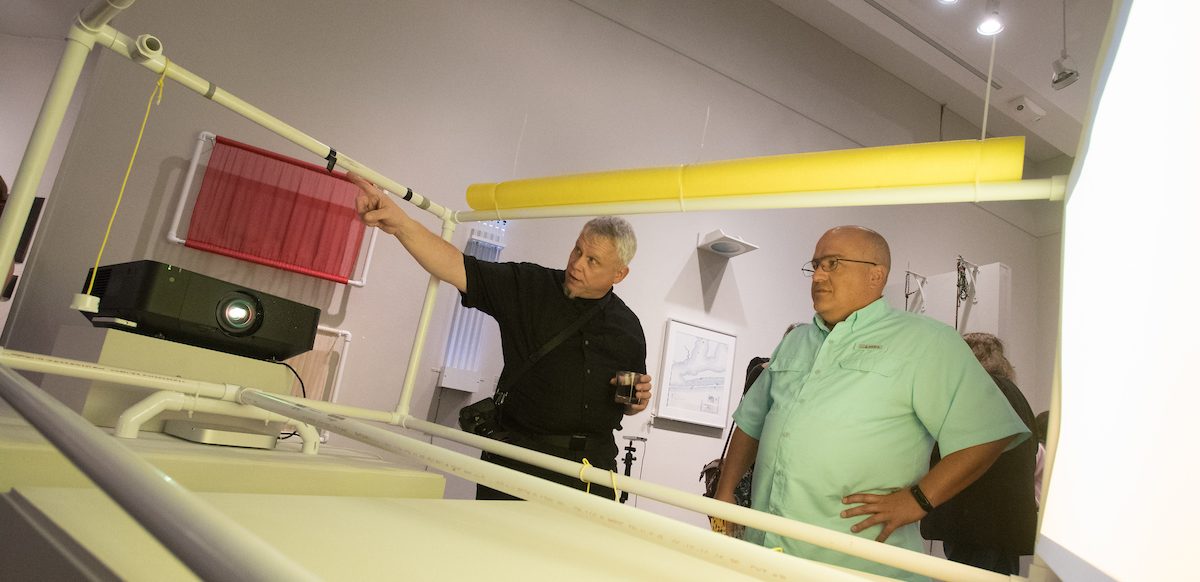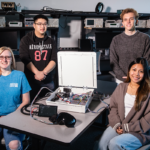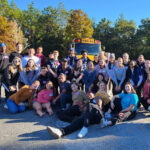Science, Art Meet at UWF Exhibit
Pensacola – The fields of art and marine science have melded for an exhibit now on display at The Art Gallery at the University of West Florida.

Thomas Asmuth, an associate professor of art at UWF, has been collaborating with other artists and marine scientists at the University on research related to local aquatic ecosystems. Asmuth has joined with Dr. Lisa Waidner, a research assistant professor with the Center for Environmental Diagnostics and Bioremediation and instructor in Biology, and Dr. Alexis Janosik, an assistant professor in the Department of Biology, on research cruises on local rivers, estuaries, and the Gulf of Mexico.
“About two years ago, I made a fellowship proposal about taking images underwater, and as a collaborative process with marine science, (exploring) this idea about how a lot of the creative processes of designing a project and then going out executing them are very similar to the sciences,” Asmuth said.
Asmuth used a “photo dolly” to take bursts of underwater photographs at various distances from a solid backdrop to measure water turbidity.
“Those measurements could be visually interpreted, but they also could be visual fields that you could put up on the wall,” Asmuth said.
The backdrops and Asmuth’s early photo dolly rig were on display as part of the exhibit, which debuted Thursday at The Art Gallery.
“The idea is whatever the type of water you are examining, the level of turbidity would show up on the background,” said Waidner, who on the same research cruises samples the waterways for a type of bacteria that is associated with particles in estuaries.
On the research cruises, Janosik has been sampling the water for evidence of lionfish DNA and will soon also add microplastics to the list of water quality parameters to be examined.
Asmuth also collected water samples, which were displayed in several acrylic tubes as part of the art exhibit.
“If you look at it,” Asmuth said pointing to the different tubes, “you can see the gradient, as we get closer and closer to the ocean, how the water clears.”
The multidisciplinary research is funded by a grant from the UWF Office of Research and Sponsored Programs.
Asmuth, Janosik and Waidner plan to submit a grant application to the National Science Foundation that would provide funds to allow for local elementary and high-school students to take part in the continuing multidisciplinary research.
Asmuth said it’s important for research that involves different fields, such as STEAM (science, technology, engineering, art and mathematics), to continue.
“Solutions to the most challenging cultural, ecological and technical challenges of the 21st-century will require multidisciplinary approaches,” Asmuth said.



